DOMAIN AND RANGE OF EXPONENTIAL FUNCTIONS PRACTICE
Subscribe to our ▶️ YouTube channel 🔴 for the latest videos, updates, and tips.
Every exponential function will be in the form y = abx
How to find domain of exponential function ?
Domain is set of all possible inputs. For a exponential function all real numbers are possible inputs. So, domain of the exponential function will be (-∞, ∞).
How to find the range of exponential function ?
It is simple to find the range of the exponential function after fixing the horizontal asymptote.
y = abx - h + k
Here y = k is the horizontal asymptote.
Graph each function. Label two points.
Problem 1 :
f(x) = 2x + 2
Domain: Range:
Parent function and transformation:
Solution:
f(x) = 2x + 2
Domain:
Domain is the defined value of x. For this function, the domain is all real numbers.
Range:
Equation of horizontal asymptote is y = 2.
The range is y > 2.
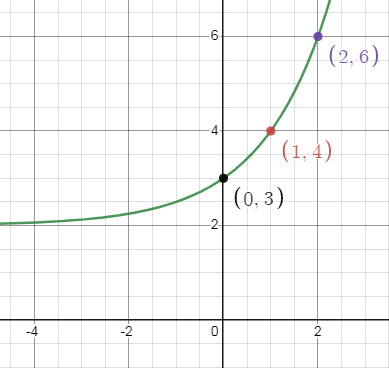
Parent function:
y = a(b)x
f(x) = 2x
Transformation:
Horizontal shift: No shift
Vertical shift: 2 units up
Problem 2 :
f(x) = 3x-1
Domain: Range:
Parent function and transformation:
Solution:
f(x) = 3x-1
Domain:
Domain is the defined value of x. For this function, the domain is all real numbers.
Range:
The range is y > 0.
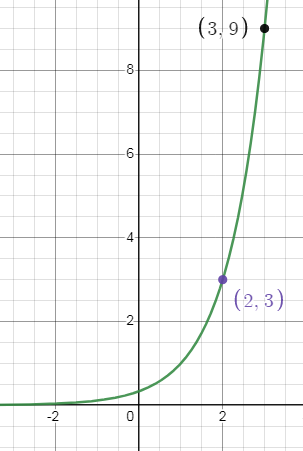
Parent function:
y = a(b)x
f(x) = 3x
Transformation:
Horizontal shift: Right 1 unit
Vertical shift: No shift
Problem 3 :
f(x) = 2x-2 - 1
Domain: Range:
Parent function and transformation:
Solution:
f(x) = 2x-2 - 1
Domain:
Domain is the defined value of x. For this function, the domain is all real numbers.
Range:
Equation of horizontal asymptote is y = -1, since it is exponential growth function, the range is y > -1.
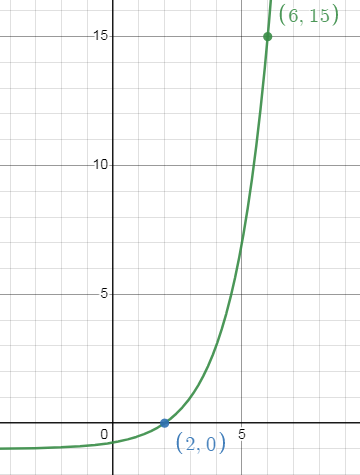
Parent function:
y = a(b)x
f(x) = 2x
Transformation:
Horizontal shift: Right 2 units
Vertical shift: Down 1 unit
Problem 4 :
f(x) = -2x+1 - 3
Domain: Range:
Parent function and transformation:
Solution:
f(x) = -2x+1 - 3
Domain:
Domain is the defined value of x. For this function, the domain is all real numbers.
Range:
Equation of horizontal asymptote is y = -3, since it is exponential growth function but there is reflection across x-axis and the range is y < -3.
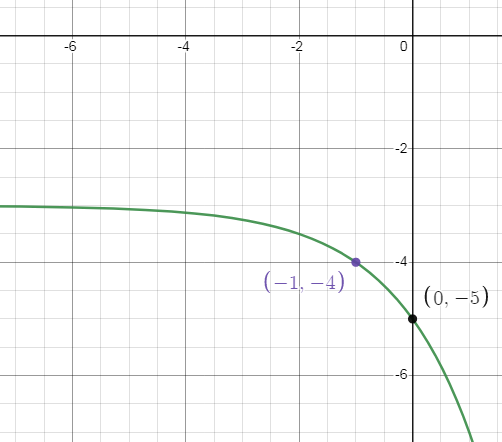
Parent function:
y = a(b)x
f(x) = 2x
Transformation:
Horizontal shift: left 1 unit
Vertical shift: down 3 units
Problem 5 :
f(x) = -(3x+1) + 2
Domain: Range:
Parent function and transformation:
Solution:
f(x) = -(3x+1) + 2
Domain:
Domain is the defined value of x. For this function, the domain is all real numbers.
Range:
There is a reflection across x-axis, moving horizontally 1 unit to the left and moving up 2 units.
The range is y < 2.
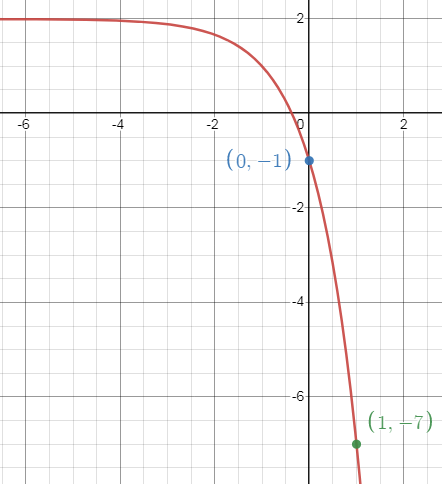
Parent function:
y = a(b)x
f(x) = 3x
Transformation:
Horizontal shift: left 1 unit
Vertical shift: up 2 units
Problem 6 :
Domain: Range:
Parent function and transformation:
Solution:
Domain:
Domain is the defined value of x. For this function, the domain is all real numbers.
Range:
The range is y > -3.
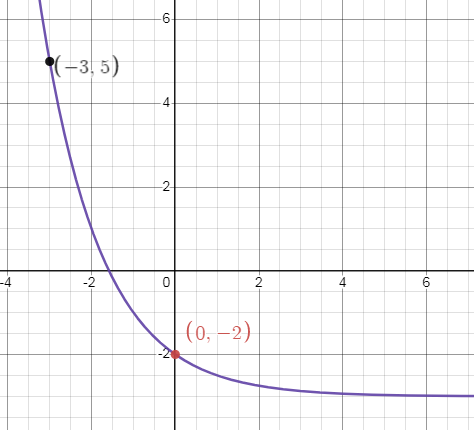
Parent function:
y = a(b)x
f(x) = 1/2x
Transformation:
Horizontal shift: No shift
Vertical shift: Down 3 units
Problem 7 :
Domain: Range:
Parent function and transformation:
Solution:
Domain:
Domain is the defined value of x. For this function, the domain is all real numbers.
Range:
The range is y > 1.
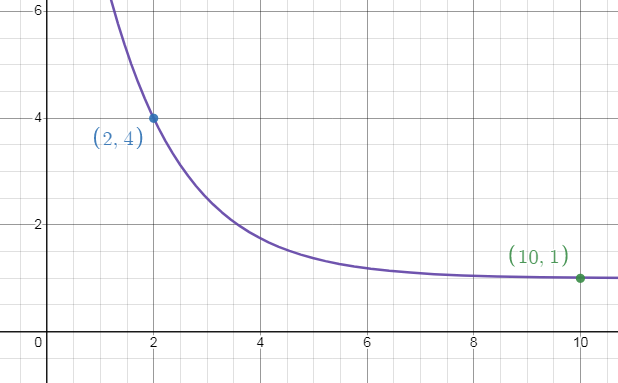
Parent function:
y = a(b)x
f(x) = 1/2x
Transformation:
Horizontal shift: No shift
Vertical shift: Up 1 unit
Subscribe to our ▶️ YouTube channel 🔴 for the latest videos, updates, and tips.
Recent Articles
-
Finding Range of Values Inequality Problems
May 21, 24 08:51 PM
Finding Range of Values Inequality Problems -
Solving Two Step Inequality Word Problems
May 21, 24 08:51 AM
Solving Two Step Inequality Word Problems -
Exponential Function Context and Data Modeling
May 20, 24 10:45 PM
Exponential Function Context and Data Modeling